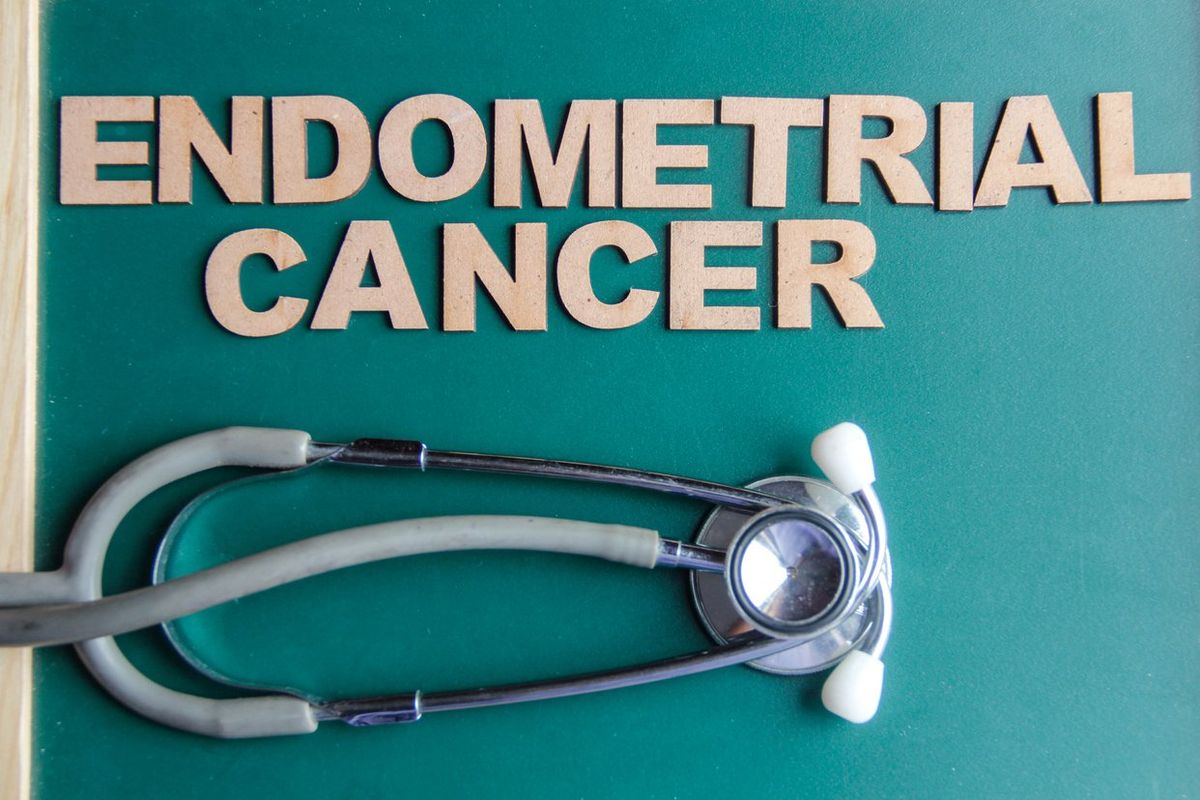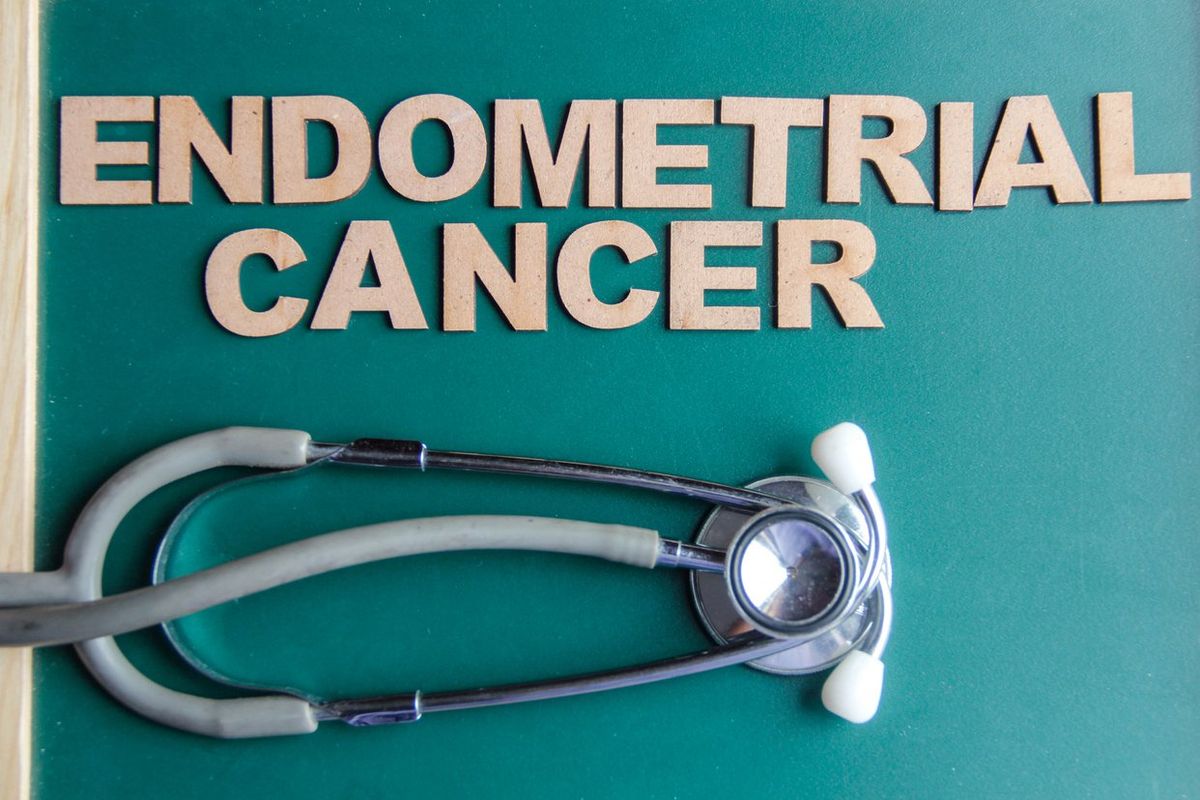



You may not hear about endometrial cancer often, but it’s the most common gynecological cancer affecting women and people assigned female at birth (AFAB) in the United States. This type of uterine cancer, which is cancer of the uterine lining, causes symptoms in early stages — the most common of which is vaginal bleeding. Because it has symptoms, endometrial cancer is often found early, when it’s easier to treat.
While early-stage endometrial cancer is highly curable, health disparities do exist. Uterine cancer deaths are increasing for everyone, but even more so for Black women. In fact, Black women are not only more likely to get endometrial cancer, but they’re also more likely to die from it.
Read: Why Are Black Women More Likely to Die From Endometrial Cancer? >>
Learn more about endometrial cancer, who’s at risk and what treatment options are available.
The uterus is made up of different tissue layers. The inner lining, or endometrium, is the layer that lines the uterus and is shed during your period. Endometrial cancer grows in this lining and is the most common type of uterine cancer.
No one knows for sure why some people get endometrial cancer, but researchers think it may have to do with hormones — specifically, estrogen. Estrogen is what stimulates the uterine lining to thicken during the menstrual cycle in preparation for a potential pregnancy. An overgrowth of this lining is what could lead to cancer.
You can have different types of endometrial cancer. These include:
Sometimes the term “endometrial cancer” is used interchangeably with “uterine cancer.” This is because endometrial cancer makes up about 95% of uterine cancers. But technically, endometrial cancer is one type of uterine cancer.
Uterine sarcoma is the other type of uterine cancer that occurs in the myometrium, which is the muscle wall of the uterus. While endometrial cancer is usually treatable with surgery, uterine sarcoma is more aggressive and difficult to treat.
Staging helps your healthcare provider (HCP) know how much cancer is in the body. It also helps them figure out which treatment is right for you. There are four stages of endometrial cancer:
Cancer can also be categorized with a grade from 1 to 3, with grade 3 being the most aggressive, meaning it is more likely to spread quickly.
You are at risk for getting endometrial cancer as long as you have a uterus. But there are some factors that can increase this risk, including:
Often, endometrial cancer can be diagnosed in early stages because its symptoms prompt people to see their HCP. The most common symptom is vaginal bleeding. This includes bleeding between periods, heavy periods and post-menopausal bleeding — including spotting.
You might also notice symptoms such as:
Watch: How Endometrial Cancer Is Diagnosed >>
Treatment for endometrial cancer depends on several factors, including the cancer stage.
Your HCP may refer you to a gynecologic oncologist, which is a doctor who has advanced training in reproductive cancers. You may have more than one treatment type, which can include:
If you’re experiencing unusual vaginal bleeding, don’t hesitate to talk with your HCP. While bleeding doesn’t mean you have cancer, it’s important to advocate for yourself to find the cause. Endometrial cancer can be found in early stages and is highly curable. When cancer is diagnosed, treatment can begin right away.
This educational resource was created with support from Karyopharm.
This article was originally published on healthywomen.org.
I always slather my kids in sunscreen when we’re outside, considering it mostly a preventative… Read More
Is the news awful? Yes. Does every day bring new horrors? Totally. Would you like… Read More
During the 2024 campaign, then candidate Donald Trump made tariffs — taxes imposed on goods… Read More
Zara’s latest arrivals are the kind to make you rethink everything in your closet. The… Read More
It’s safe to say that the last few weeks have seen some head-turning pop culture… Read More
The end of the school year is upon us, which means all the end-of-year parties,… Read More